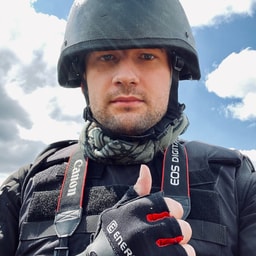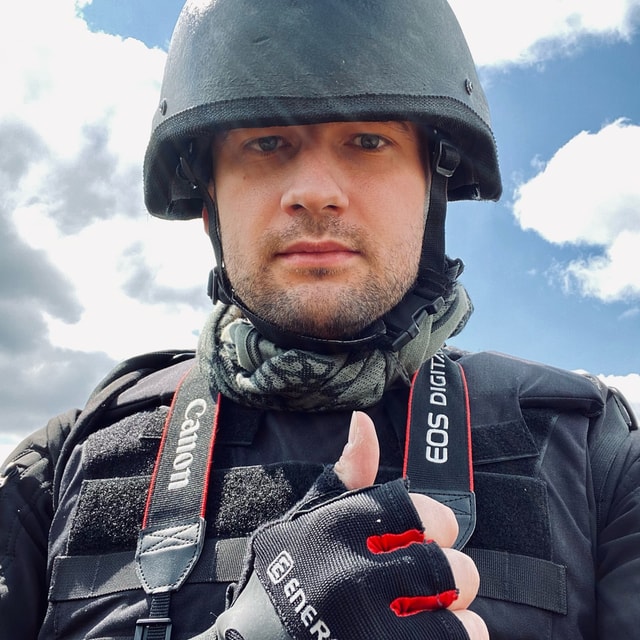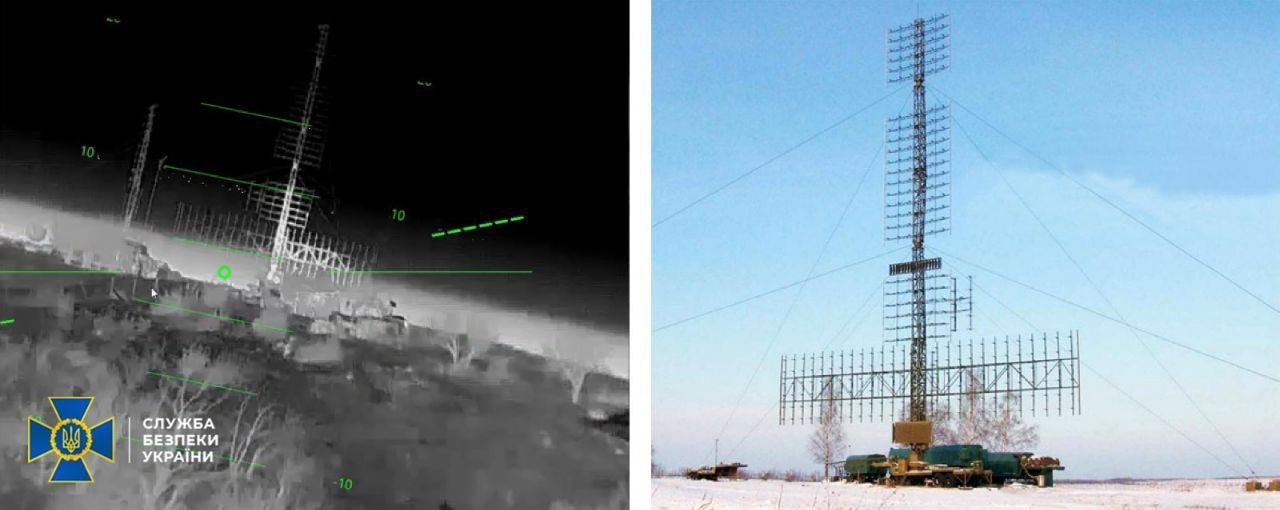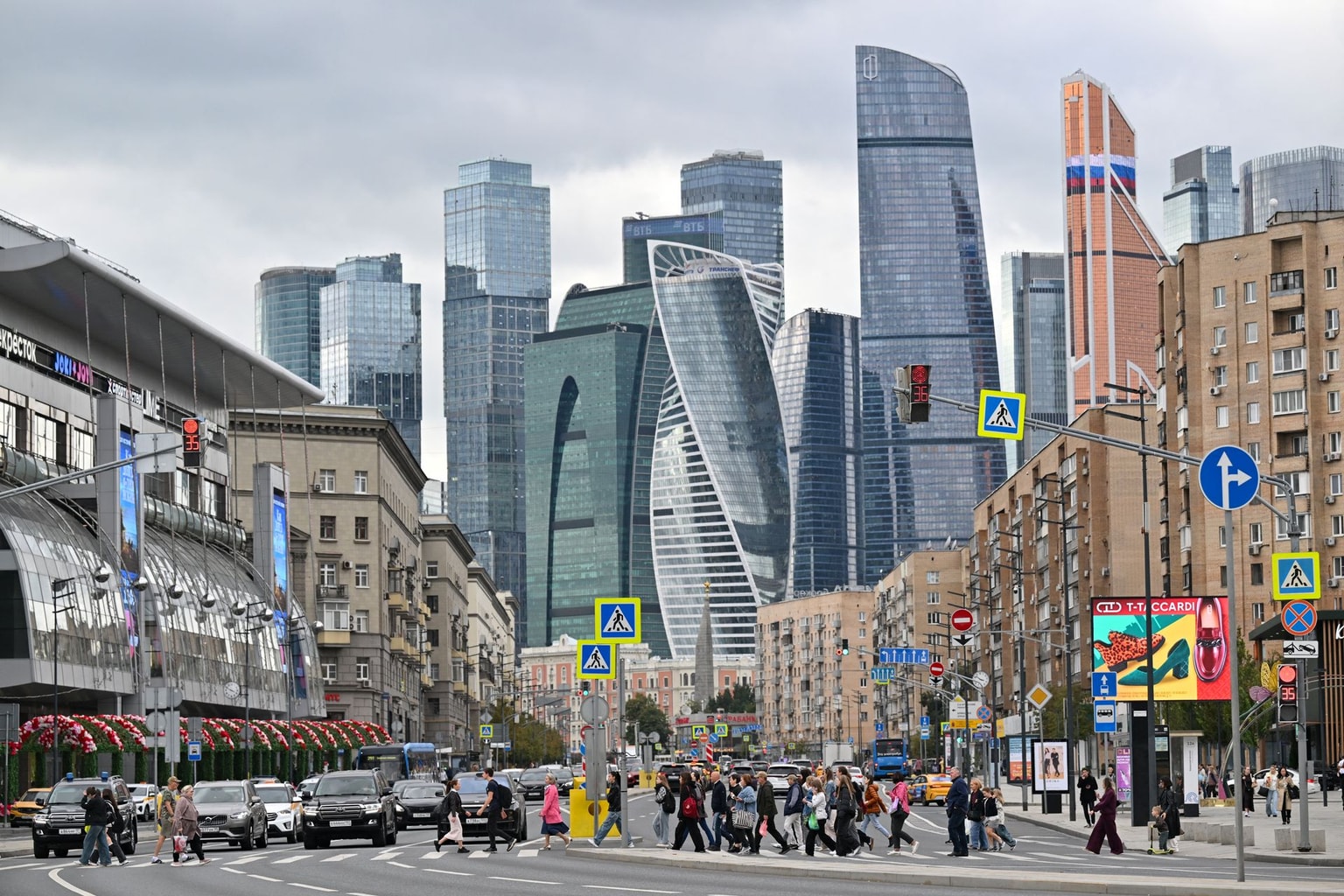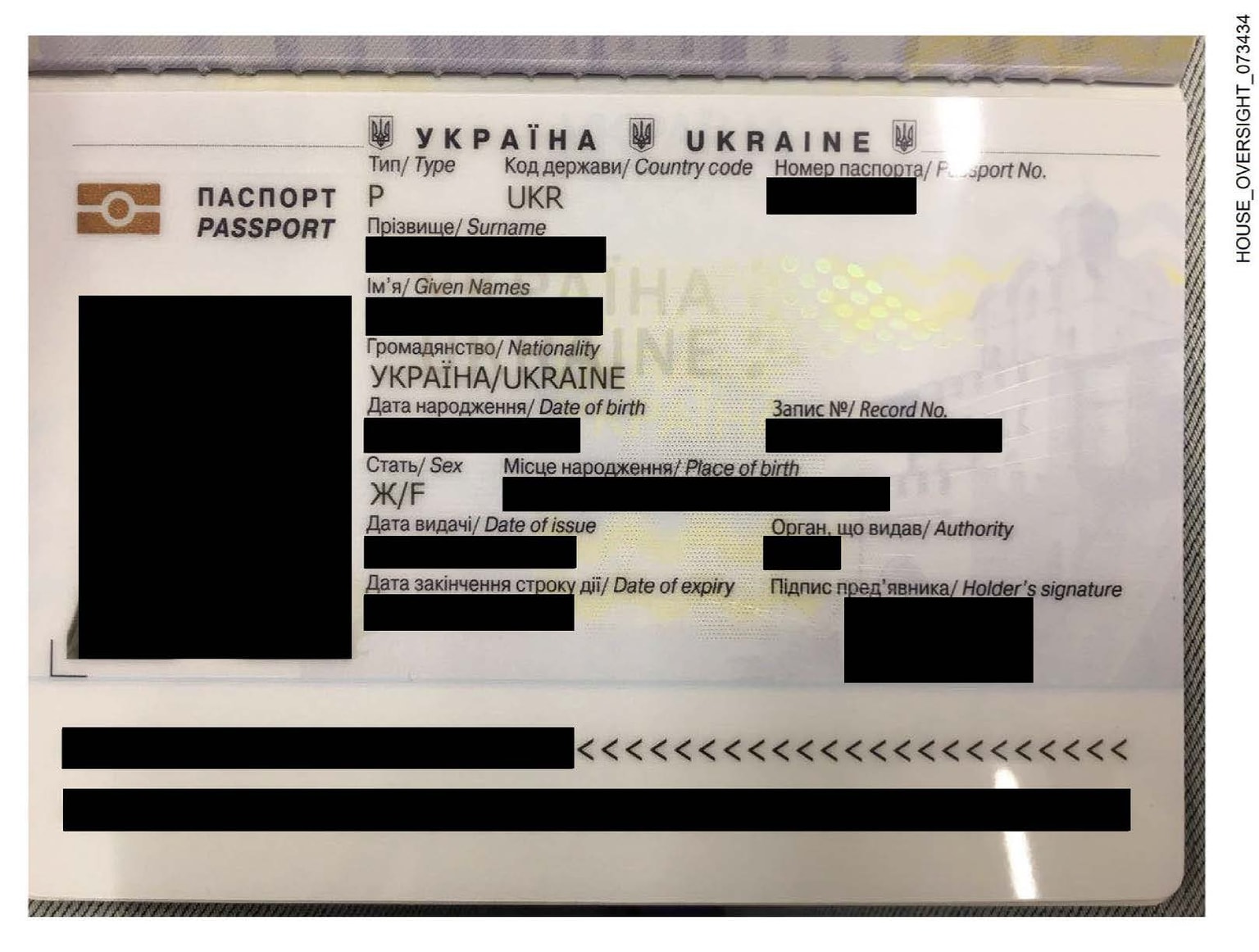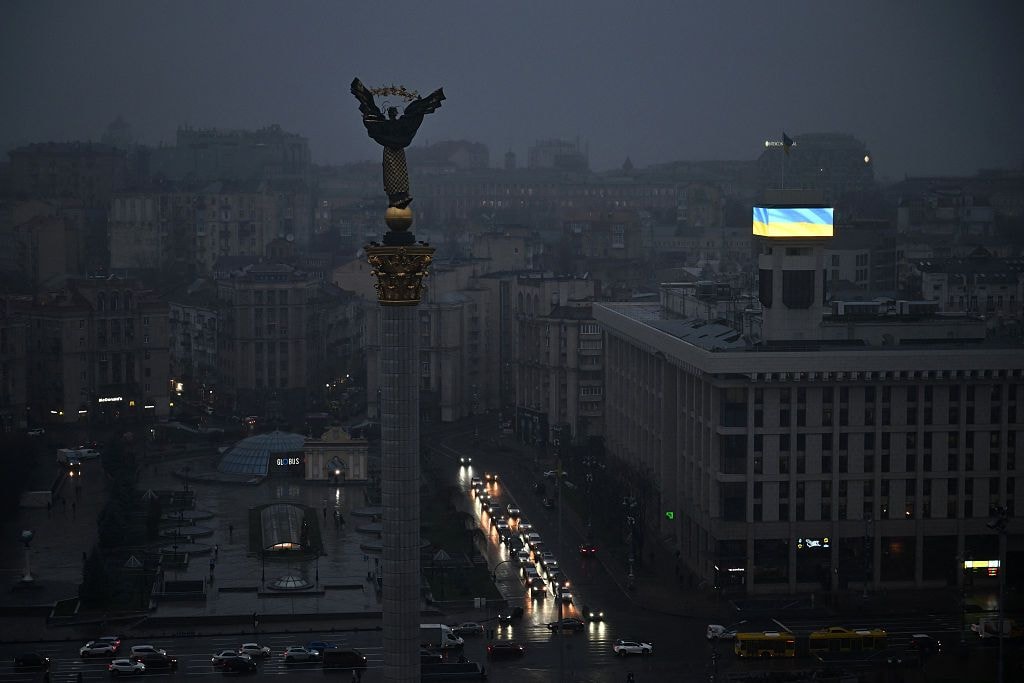What we know about British tank killers likely sent to Ukraine
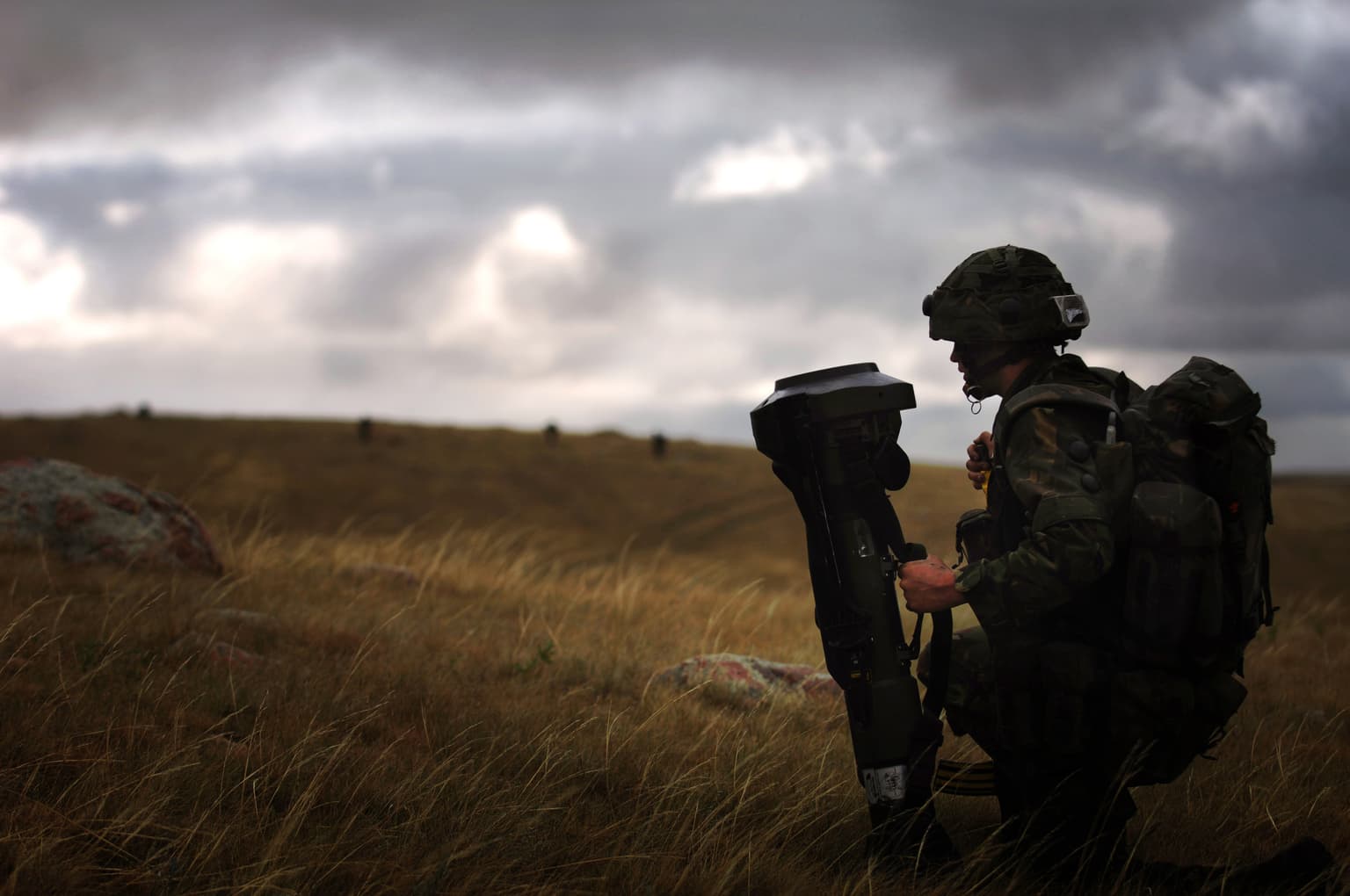
In his Winston Churchill-like address to the parliament on Jan. 17, the British Secretary for Defense Ben Wallace said something that immediately put media on their toes: In the wake of the Kremlin's ever-escalating aggression, Britain decides on expanding its defense assistance to Ukraine to help it uphold its freedom and independence.
The British minister vowed to provide Kyiv with "light, anti-armor, defensive weapon systems," and also to send a small number of UK military personnel to provide Ukrainian troops with appropriate training.
In other words, as Germany repeatedly declined Ukraine's requests to procure defensive weapons, Her Majesty's government has made a political decision -- to go beyond helping Kyiv resurrect its naval capabilities and start sending field weaponry for the standing army.
As soon as Jan. 17 evening, two Royal Air Force Boeing C-17 Globemaster transport aircraft were spotted bound for Kyiv -- and presumably carrying the promised assistance.
Wallace did not specify what type of anti-tank weapons is on the table, or how much this defense aid extension is worth.
But British and Ukrainian experts speculate that it is most likely the Main Battle Tank and Light Anti-tank Weapon (MBT LAW), also known as NLAW.
NLAW is a type of man-portable, short-range, fire-and-forget missile system operated by the UK and a number of other militaries across the world.
So what do we know about the tank killers that the UK sent to Ukraine?
NLAW was a joint British-Swedish project that unfolded in the early 2000s. The weapon was designed by the famous Swedish arms company Saab Bofors Dynamics as easy-to-use, disposable tank killers for the infantry.
According to the arms developer, this is a new generation weapon able to destroy even the most advanced tanks. It is best for dismounted light forces that operate in any terrain, including built-up areas. Launchers weighing 12.5 kilograms have a combat range between 20 and 800 meters, and they require just 5 seconds to detect and engage a target.
The weapon requires just one operator whose only job is to track the target for several seconds before the firing -- and then the NLAW does the rest.
Similarly to its big brother, the American-made FGM-148 Javelin, the holy grail of Ukraine's defense community, the NLAW has two firing modes: Overfly Top Attack (OTA), which is best for hitting armored vehicles from above where they are most vulnerable, and Direct Attack (DA), which is more effective against non-armored targets or hostile manpower hiding in buildings. The DA mode also allows for targeting helicopters.
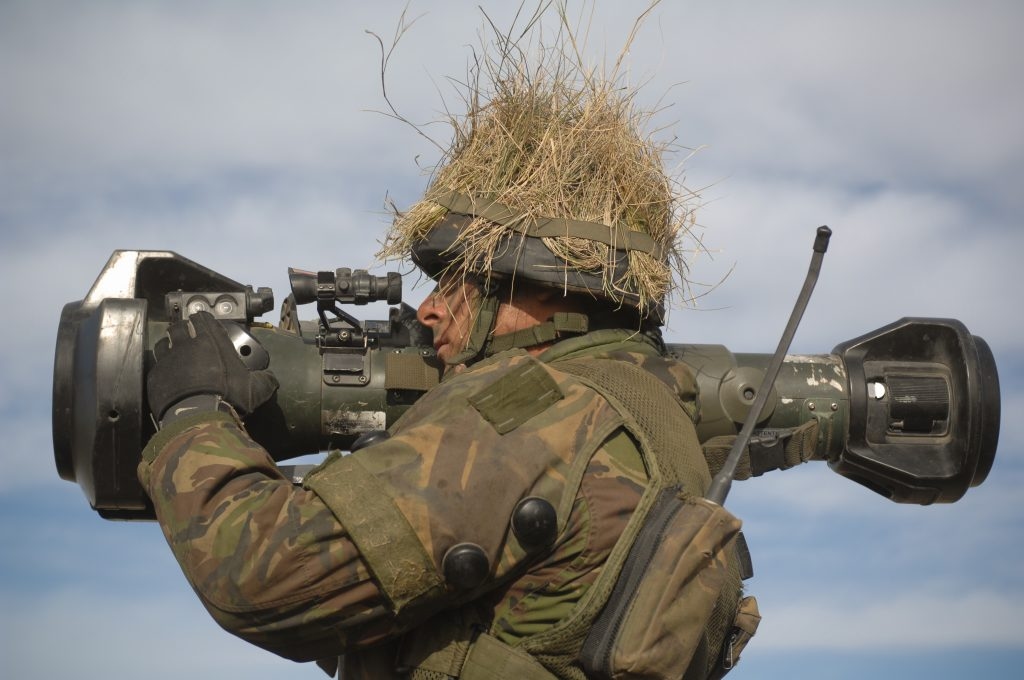
The NLAW is capable of penetrating over 500 millimeters of armor, according to Saab.
They are currently being produced in large numbers by UK-based company Thales Air Defence.
As judged from specifications, the NLAW is somewhat less sophisticated and powerful than the Javelin, but at the same time is lighter, cheaper, and quicker to use in combat. Apart from Sweden and the UK, they are operated particularly by Indonesia, Switzerland, Saudi Arabia, and Malaysia. And they have already made their combat debut in the Yemeni civil war, which continues since 2015.
It is not known yet how many NLAW launchers Ukraine is supposed to get from Britain. But similarly to Javelins, they supplement the Ukrainian arsenal of advanced, highly mobile, man-portable tank killers, which might be of great use in the event of Russia's armored offensive on the ground, be it an open field or urban environment.
This particular niche remains pretty scarce in Ukraine, whose defense industry is focused on designing and manufacturing powerful yet far less mobile anti-tank solutions like Stugna-P missile systems.
